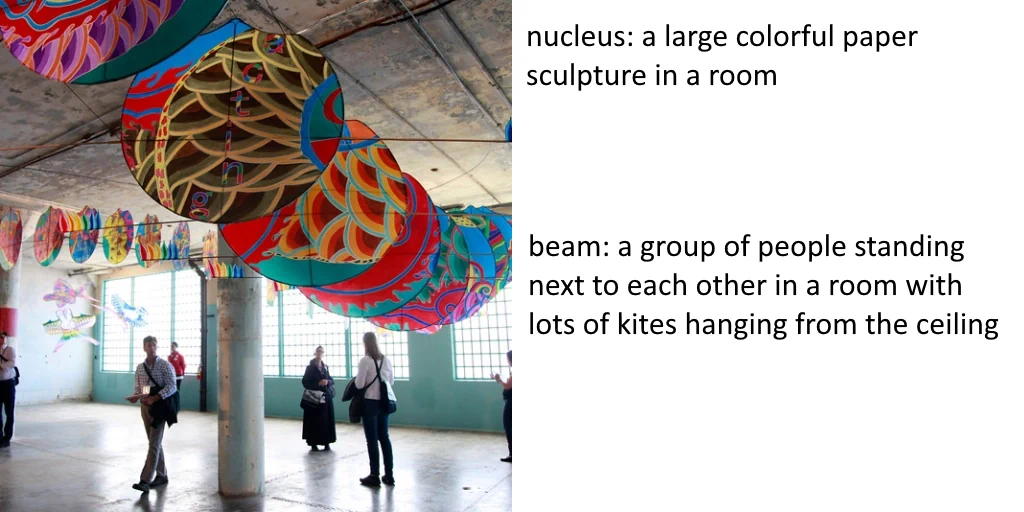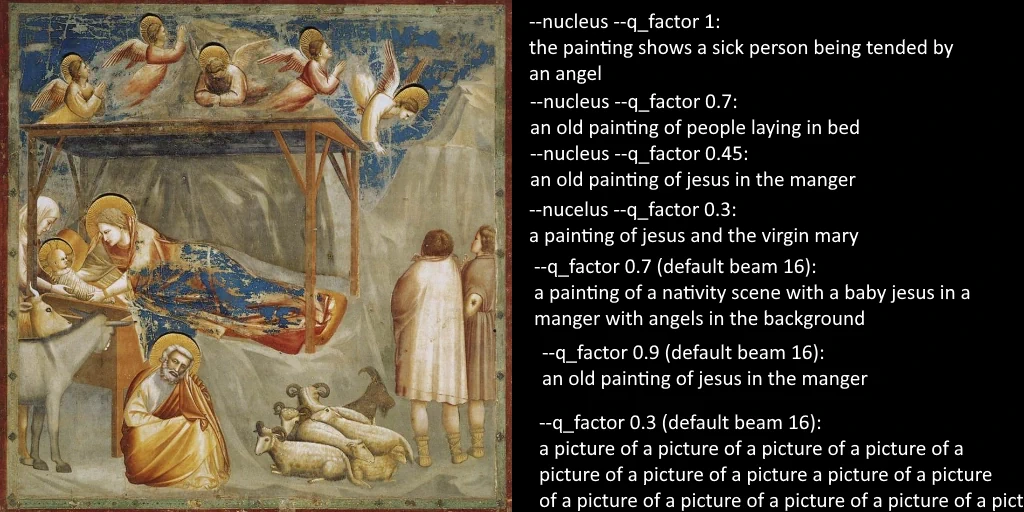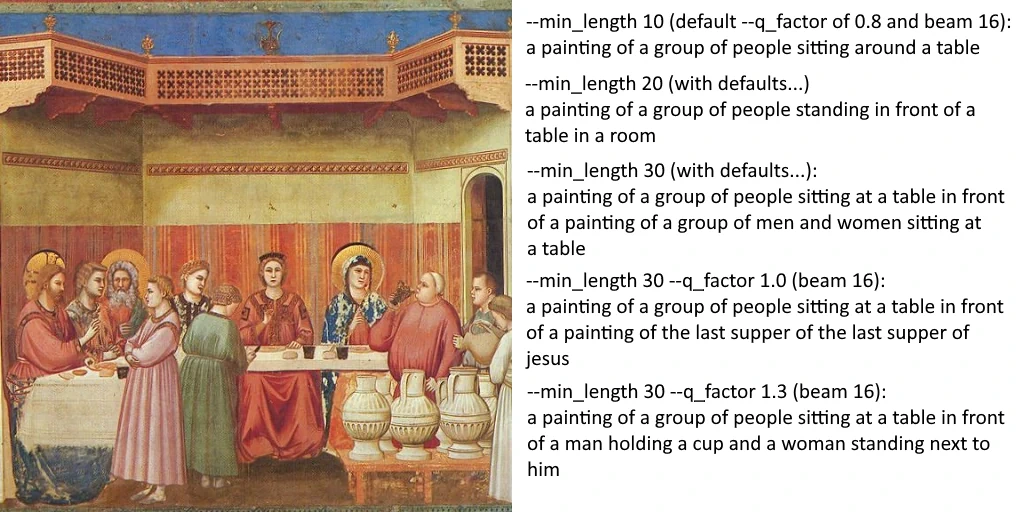4.5 KiB
Automatic captioning
Automatic captioning uses Salesforce's BLIP to automatically create a clean sentence structure for captioning input images before training.
This requires an Nvidia GPU with about 860MB of available VRAM. It should run fine on something like a 1050 2GB.
Images should be square (1:1 H:W ratio), but they can be any size. I suggest using Birme to crop and resize first, but there are various tools out there for this. I strongly suggest making sure to crop well for training!
Auto-caption is fast and not very resource intensive, but it still uses GPU. You only need an Nvidia GPU with 2GB VRAM to run.
Make sure cuda version of torch and torchvision are installed by activating your environment and running this command:
pip install torch==1.12.1+cu113 torchvision==0.13.1+cu113 --extra-index-url https://download.pytorch.org/whl/cu113
Execute
Place input files into the /input folder
python scripts/auto_caption.py
Files will be copied and renamed to the caption as the file name and placed into /output.
Additional command line args:
--img_dir
Changes the default input directory to read for files. Default is /input
python scripts/auto_caption.py --img_dir x:/data/my_cropped_images
--out_dir
Changes the default output directory. Default is /output
python scripts/auto_caption.py --out_dir x:/data/ready_to_train
--format
"filename" or "mrwho"
"filename" will simply name the file the caption .EXT and, if needed, add _n at the end to avoid collisions, for use with EveryDream trainer or Kane Wallmann's dream booth fork. This is the default behavior if --format is not set.
"mrwho" will add [number]@ as a prefix for use with MrWho's captioning system (ex. JoePenna dream both fork) which uses that naming standard to avoid file name collisions.
python scripts/auto_caption.py --format "mrwho"
Tweaks
You may find the following setting useful to deal with issues with bad auto-captioning. Start with defaults, and if you have issues with captions that seem inaccurate or reptitious, try some of the following settings.
--nucleus
Uses an alternative "nucleus" algorithm instead of the default "beam 16" algorithm. Nucleus produces relatively short captions but reliably absent of repeated words and phrases, comparable to using beam 16 which can be adjusted further but may need more tweaking. 0.3 to 3 seem to produce sensible prompts.
python scripts/auto_caption.py --nucleus
Additional captions for above with nucleus:
nucleus q_factor 9999: "a number of kites painted in different colors in a ceiling"
nucleus q_factor 200: "a group of people waiting under art hanging from a ceiling"
nucleus q_factor 0.8: "several people standing around with large colorful umbrellas"
nucleus q_factor 0.01: "people are standing in an open building with colorful paper decorations"
nucleus q_factor 0.00001: (same as above)
--q_factor
An adjustment for the algorithm used.
For the default beam 16 algorithm it limits the ability of words and phrases to be repeated. Higher value reduces repeated words and phrases. 0.6-1.3 are sensible values for beam 16. Default is 0.8 and works well with the defaulted value min_length == 24. Consider using higher values if you use a min_length higher than 24 with beam 16.
For nucleus (--nucleus), it simply changes the opinion on the prompt and does not impact repeats. Values ranging from 0.01 to 200 seem sensible and default of 0.8 usually works well.
--min_length
Adjusts the minimum length of prompt, measured in tokens. Only applies to beam 16. Useful to adjust along with --q_factor to keep it from repeating.
Default is 24. Sensible values are 15 to 30, max is 48. Larger values are much more prone to repeating phrases and should be accompanied by increasing --q_factor to avoid repeats.
python scripts/auto_caption.py --min_length 20
If you continue to both increase min_length and q_factor you start to get oddly specific prompts. For example using the above image:
--q_factor 1.9 --min_length 48:
"a painting of a group of people sitting at a table in a room with red drapes on the walls and gold trimmings on the ceiling, while one person is holding a wine glass in front of the other hand"


